Today is the 48th Vogalonga in Venice.
The Vogalonga is a non-competitive race of rowed boats of any kind, through the Venetian lagoon and down the Grand Canal, for a distance of thirty kilometres.
Some two thousand boats participate, with a total of around eight thousand rowers.
The event has become a fixture on the calendar of tourist oriented events in Venice. It wasn’t always so, however,
The early Vogalonga
The name means the long row, and it started as a protest against the increasing traffic of motorboats, which made traditional Venetian rowing much harder and more dangerous.
A few hundred boats — mostly from local rowing clubs — and a bit more than a thousand participants took part in the first Vogalonga in 1975.
They were all rowing Venetian style in traditional boats. It was a central to the project to take back the space in the city and in the lagoon for the old traditions.
In the following years, the event became a treasured tradition for the Venetians, who still cared about the city’s rowing traditions.
Touristification
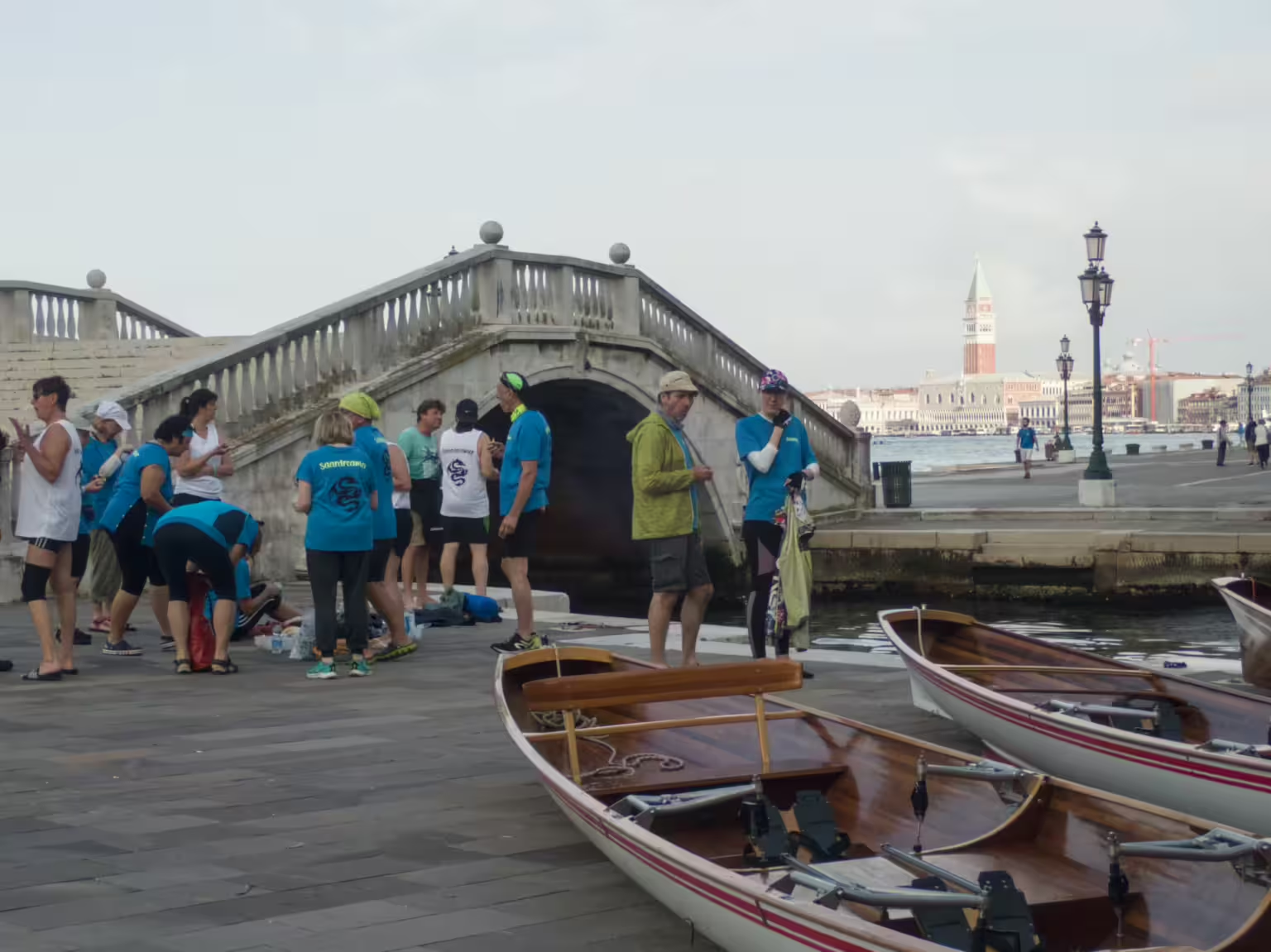
Now, touristification is not strictly a word, but things can happen even if they don’t have a proper name.
As the word spread of this rowing event in Venice, outsiders came to participate, and to express their support and sympathy for the underlying cause — the protest and fight against the waves and other problems created by motor traffic in and around Venice.
Soon outsiders outnumbered the locals, and other types of boats started to dominate the race. Initially, boats from non-Venetian rowing clubs with other traditions and other boats came to participate, and later kayaks, canoes and stand-up paddleboards have become numerous.
The practical issues of organising such a large-scale event requires the cooperation of the authorities.
The route goes through three different jurisdictions: city canals under the Municipality of Venice; harbour areas under the Venetian Harbour authority; and lagoon waters under the Città Metropolitana di Venezia. These will all have to give a nulla osta for the event, and so must the local police, the national police, the fire brigade, the civil protection, and so on.
If one permit is missing, the event cannot go on.
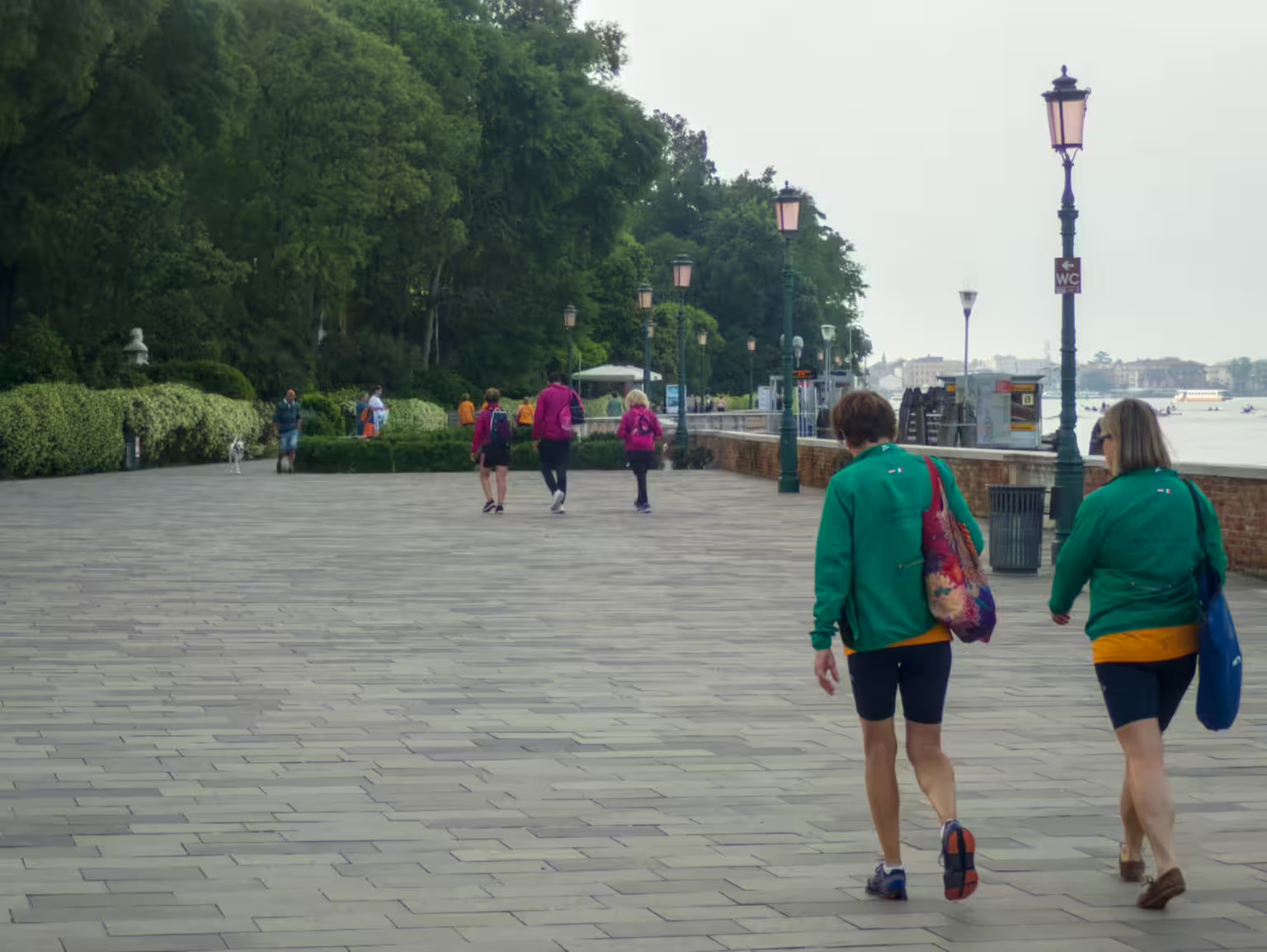
This gives all these public and semi-public bodies leverage over the event organisers. Some of these same authorities also have close ties with parts of Venetian society and economy, which are causing the problems the Vogalonga was a protest against.
Consequently, the protest element of the Vogalonga has become smaller and smaller over the years. The motondoso — wave pollution — gets a token mention, but that’s it.
As a result, local participation is waning, and some of the Venetian participants now refuse to register for the event, and just row the route anyway.
The modern Venetian carnival started in the same period as the Vogalonga, in much the same way, and it suffered the same destiny.
As the tourists flood in, the locals back out.
Problem unsolved
The problem the Vogalonga was created to protest, is still there, larger than ever.
Motorboats roam the canals of the city and the surrounding lagoon — very often with little or no respect for the rules and speed limits. As a consequence, the natural marshes of the lagoon are now mostly destroyed, and the historical buildings of the city are cracking and subsiding due to the constant displacement of large volumes of water.
Venetian rowing is all but impossible in such conditions.
When such an activity is seen as dangerous — which it is by now — parents stop sending their kids to the rowing clubs to learn Venetian rowing, and the tradition will die.
The sad truth is that Venice is no longer suitable for its own traditions.
A few photos from past years
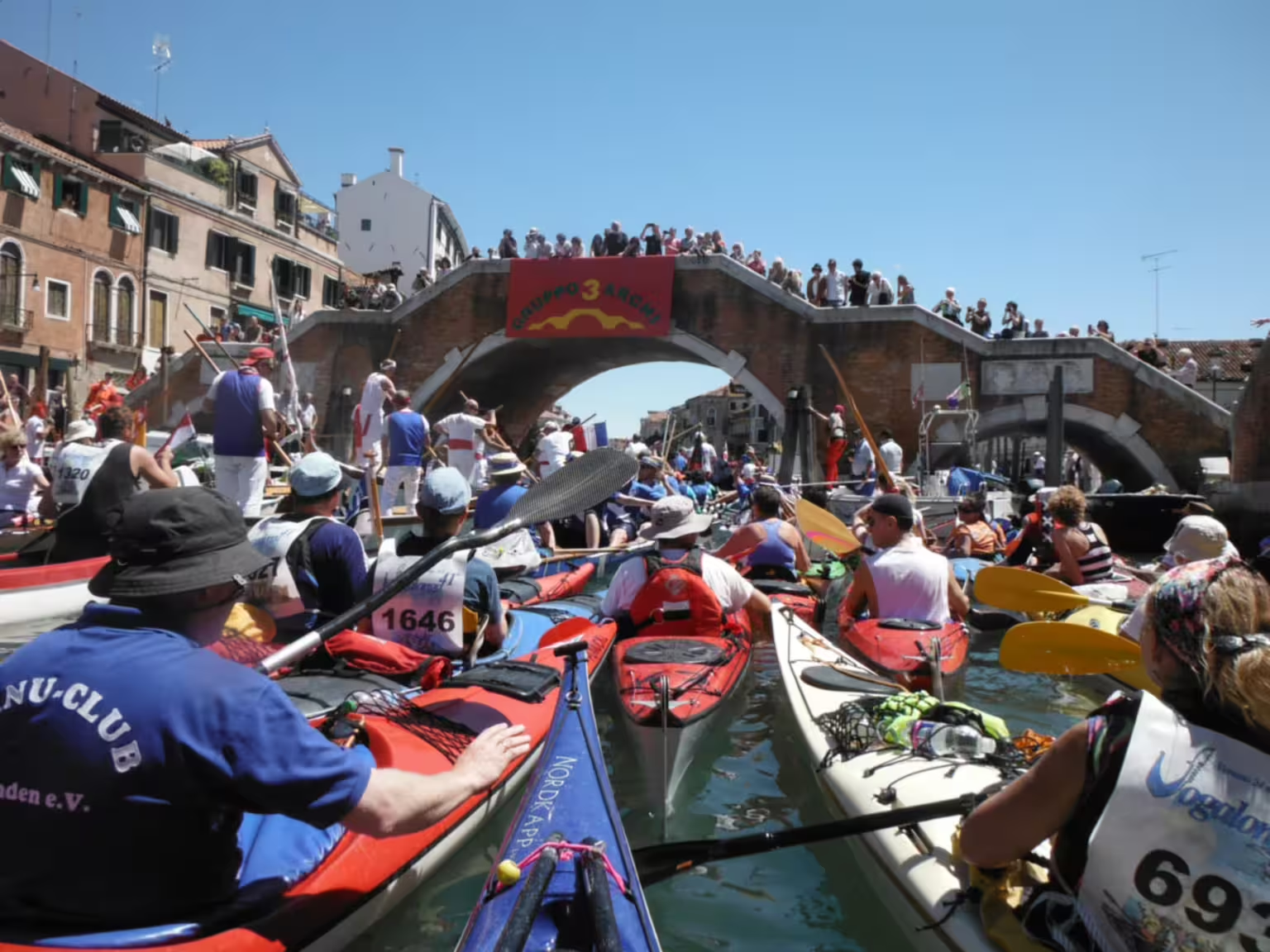
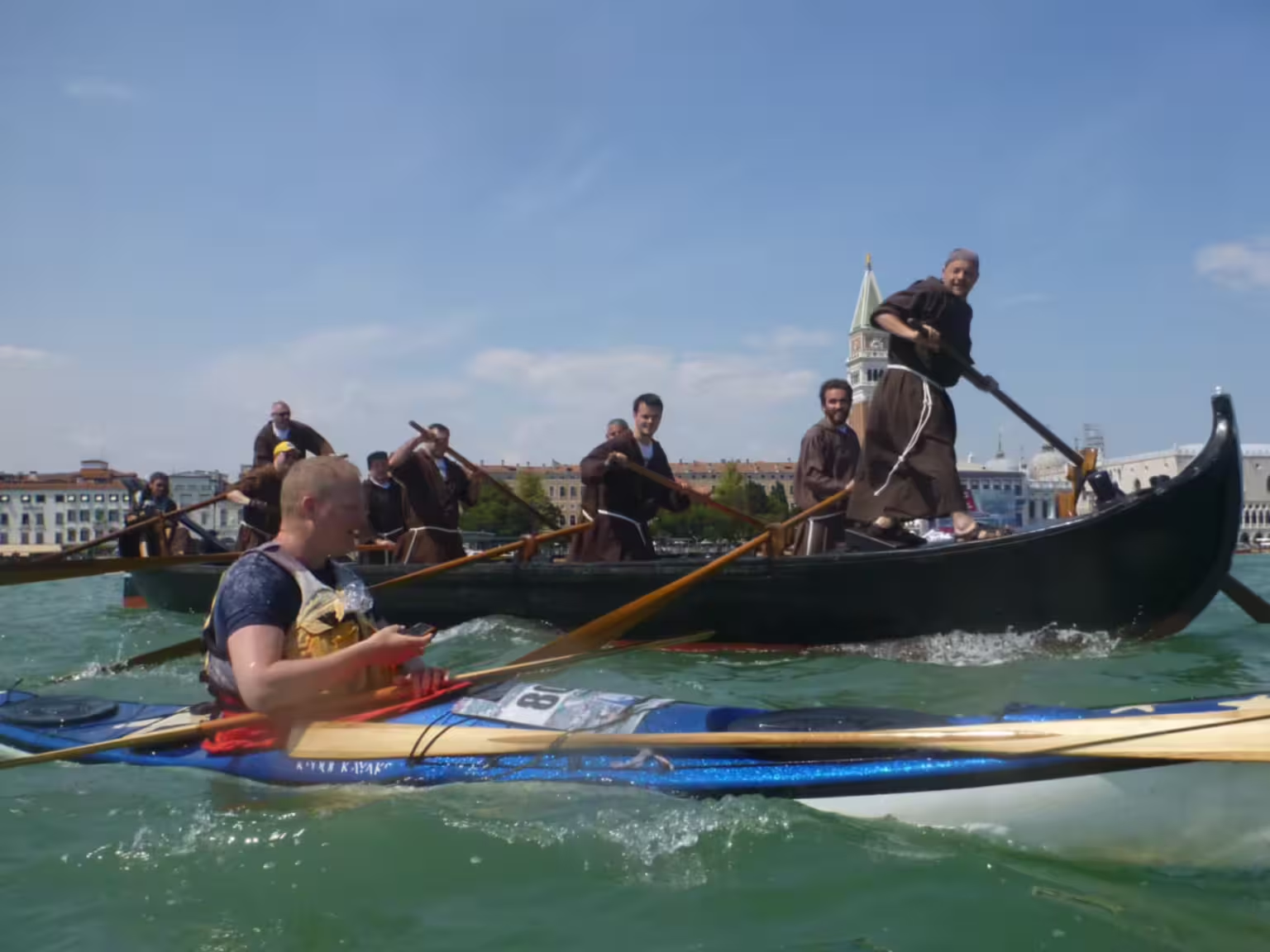


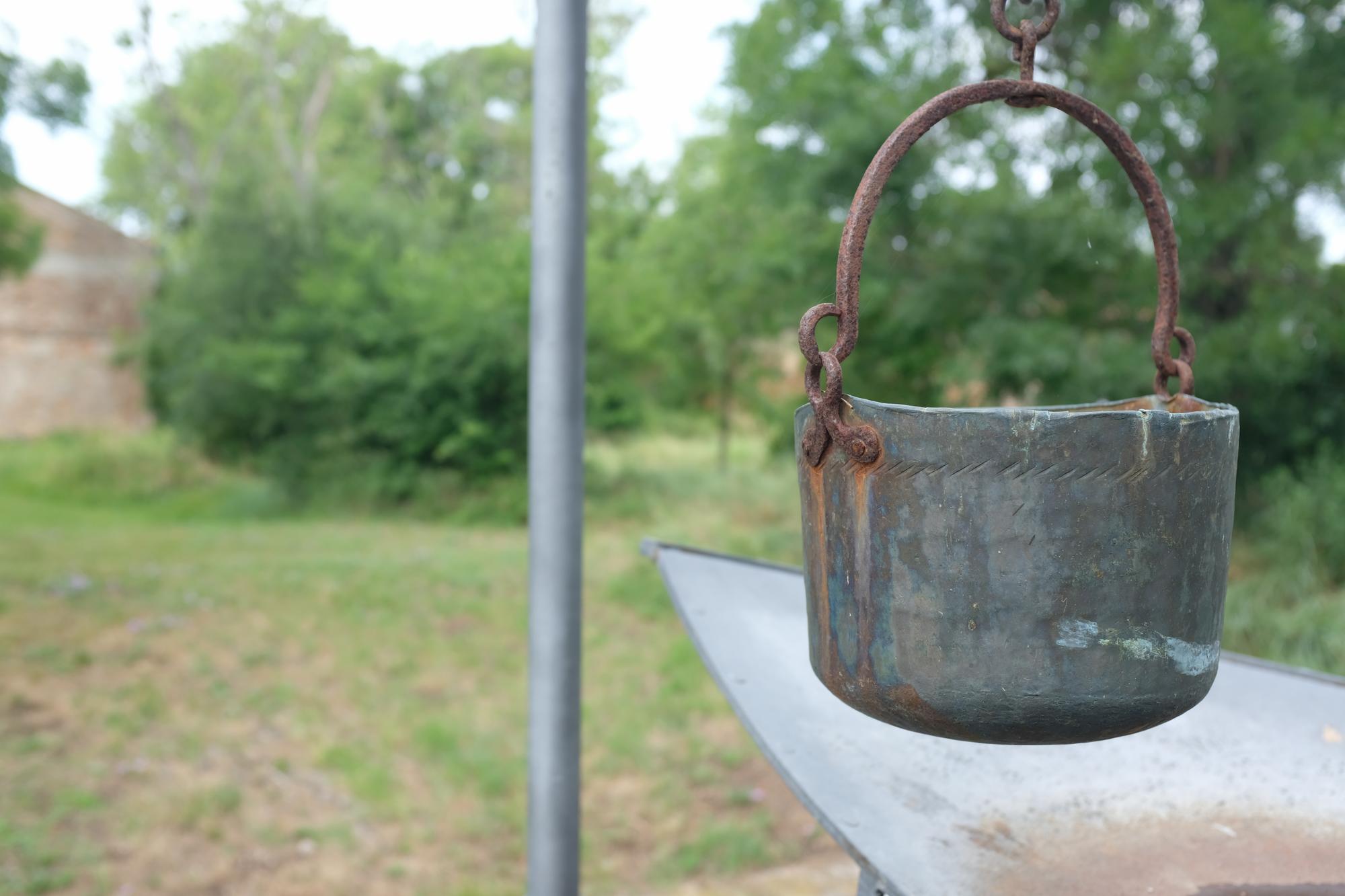
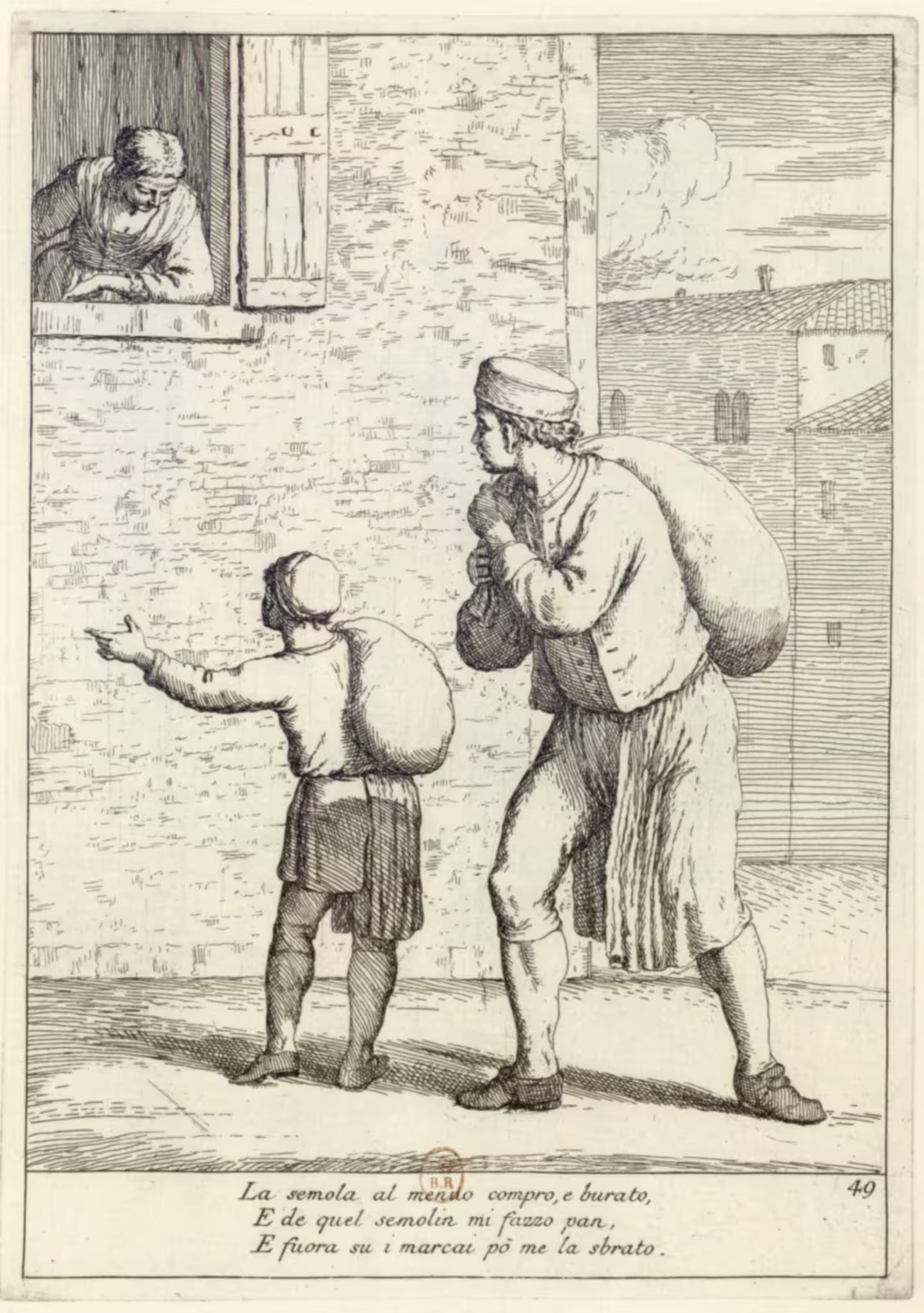
Leave a Reply